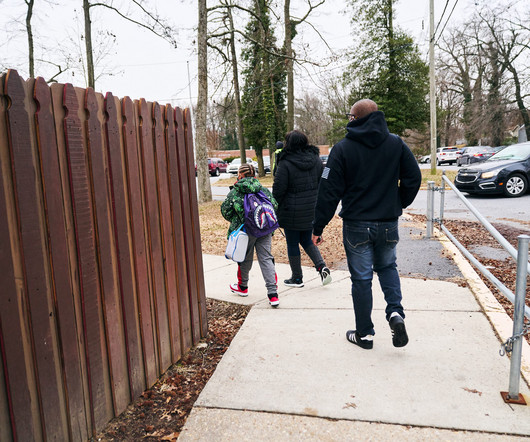4 focus areas to embrace innovation and avoid school system failure
eSchool News
NOVEMBER 7, 2023
A report from The Partnership for Leaders in Education at the University of Virginia (UVA-PLE), “Exploring New Frontiers for K-12 Systems Transformation,” determined that these challenges have sparked a transformation of education systems in the United States.
























Let's personalize your content